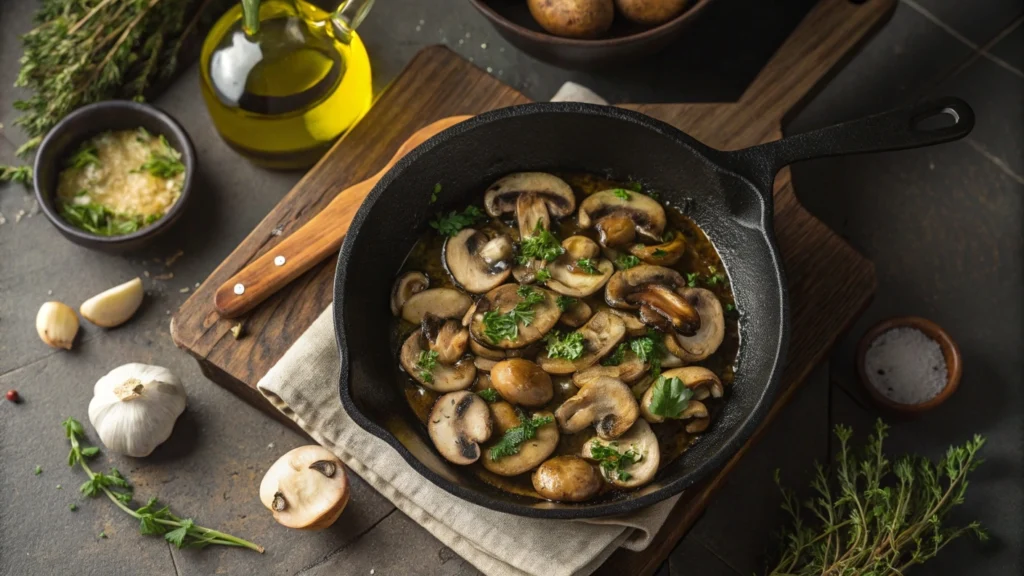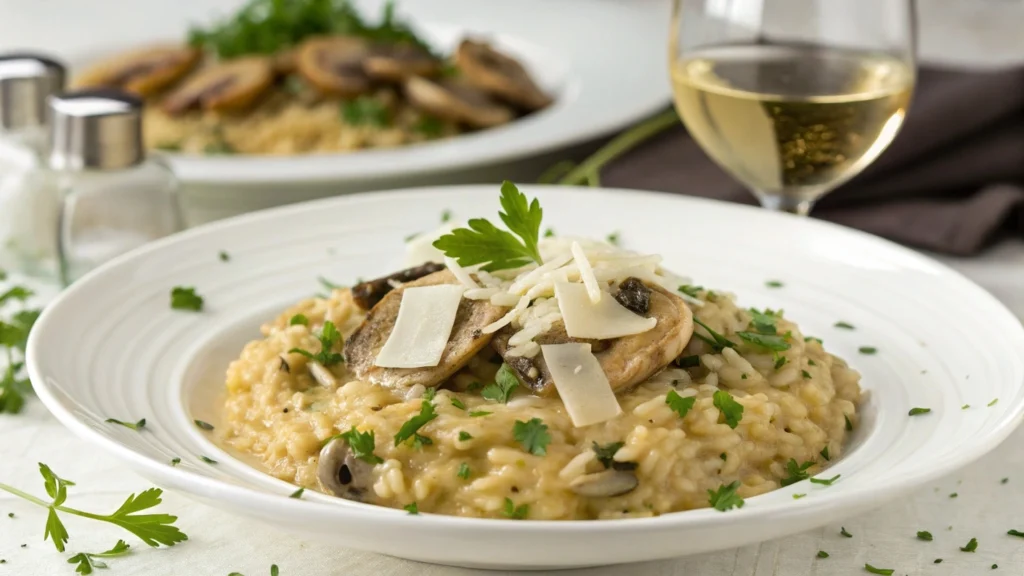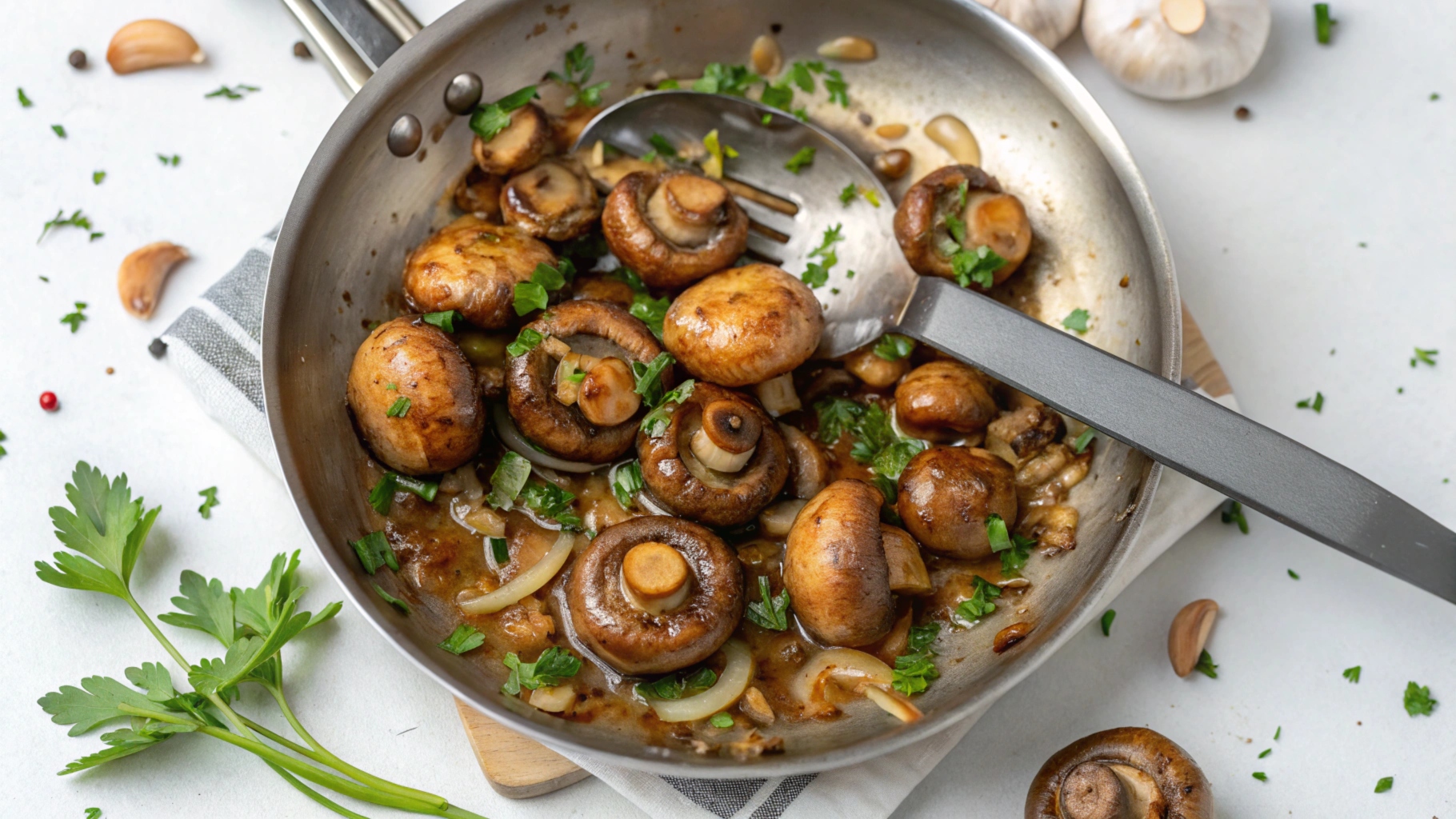Cultivation and Global Production
Origins and Early Cultivation Practices
Button mushrooms have a history rooted in both tradition and innovation. Early cultivation techniques involved transplanting wild mushroom mycelium into soil enriched with manure. However, this was far from reliable, as crops were often unpredictable. In the late 19th century, the development of sterilized spawn revolutionized mushroom farming, making it more consistent and scalable.
France pioneered commercial cultivation, and this practice quickly spread across Europe and beyond. Today, button mushrooms are grown in specialized facilities that replicate their natural growing environment.
Modern Cultivation Methods
Modern techniques include growing mushrooms in composted, pasteurized substrates under controlled conditions. This ensures optimal yields and minimizes contamination. Large-scale farms in regions like the United States, China, and the Netherlands dominate the global production landscape. These farms often operate year-round, utilizing advanced technology to meet global demand.
Global Production Leaders
China leads global mushroom production, accounting for over 94% of the world’s output. The United States and Poland follow as major contributors to the industry. The popularity of button mushrooms continues to rise, thanks to their affordability, versatility, and nutritional benefits.
If you’re curious about other farm-to-table practices, explore this comprehensive guide on cultivating wholesome ingredients.
Culinary Uses of Button Mushrooms
Raw or Cooked: Common Ways to Eat Button Mushrooms
Button mushrooms are culinary chameleons. Whether you prefer them raw in salads or cooked into savory dishes, they effortlessly adapt to various preparations. Their mild, earthy flavor pairs well with a wide range of ingredients, making them a staple in everything from soups to stir-fries. Raw, they add a crisp texture and light flavor to dishes like leafy green salads or pasta salads.
Cooking, however, brings out their umami richness. Sauteed with garlic and butter, roasted until caramelized, or simmered in creamy sauces, button mushrooms shine in countless recipes.
Popular Dishes Featuring Button Mushrooms
Button mushrooms are the foundation of many popular dishes, like creamy mushroom soup or mushroom-stuffed ravioli. They also serve as a fantastic topping for pizzas and flatbreads or a filling for vegetarian tacos. In casseroles or paired with protein like chicken or beef, they add depth and complexity to meals.
Looking for inspiration? Try this mouthwatering mushroom-based recipe guide.
Button Mushrooms in International Cuisine
Across the globe, button mushrooms play a significant role in traditional and modern cuisines. In Italian cooking, they’re a key ingredient in risottos and pasta sauces. Asian dishes, like mushroom fried rice or hot pots, also feature their versatility. Even classic French recipes, such as coq au vin or mushroom duxelles, rely heavily on their rich flavor.
Health Benefits of Button Mushrooms
Boosting Immunity with Button Mushrooms
Button mushrooms pack a nutritional punch when it comes to immune support. They’re rich in selenium and vitamin D, two nutrients known for enhancing the body’s natural defenses. Regular consumption can help your body fend off infections and maintain overall well-being.
Antioxidants and Anti-inflammatory Properties
These little fungi are loaded with antioxidants, including ergothioneine and glutathione, which help combat oxidative stress. By neutralizing harmful free radicals, button mushrooms may lower the risk of chronic diseases, such as heart disease and cancer. They also have mild anti-inflammatory properties, which can be beneficial for those with conditions like arthritis.
Role in Weight Management
If you’re watching your waistline, button mushrooms are an excellent choice. Low in calories and high in fiber, they keep you full longer and help manage cravings. Their umami flavor also makes them a great substitute for high-calorie ingredients in recipes, allowing you to create healthier versions of your favorite meals.
For even more ways to incorporate nutrient-packed foods into your diet, check out the Timer Recipes website.
Risks and Precautions
Allergies and Sensitivities
While button mushrooms are generally safe for most people, they can cause allergic reactions in some individuals. Symptoms may include skin rashes, itching, or digestive discomfort. If you’re trying button mushrooms for the first time, start with a small portion to ensure you don’t experience any adverse reactions.
Potential Toxicity: Mycotoxins
Raw button mushrooms contain a compound called agaritine, a natural mycotoxin. Though studies suggest that normal consumption poses minimal risk, cooking mushrooms can help reduce agaritine levels significantly. It’s a simple step to enhance their safety. Additionally, avoid consuming mushrooms that appear slimy or have a strong, unpleasant smell, as these could indicate spoilage.
Storing and Preparing Mushrooms Safely
Proper storage is key to enjoying fresh button mushrooms. Keep them in a paper bag in the refrigerator to prevent excess moisture, which can lead to spoilage. Always clean mushrooms gently before use by wiping them with a damp cloth or briefly rinsing them under cold water. Avoid soaking them, as they absorb water and may lose their texture.
For more tips on safe food handling, check out helpful guides on the Timer Recipes website.
How to Prepare and Cook Button Mushrooms
Cleaning Button Mushrooms Properly
Cleaning button mushrooms is easy but essential. Use a soft brush or a damp paper towel to remove any dirt or debris. If they’re particularly dirty, a quick rinse under cold water works too. Just remember to dry them immediately with a clean cloth to maintain their texture.
Simple Cooking Techniques: Sautéing, Grilling, Roasting

Button mushrooms are incredibly versatile in the kitchen. For a quick side dish, sauté them with garlic and olive oil until golden brown. Grilling brings out their natural umami flavor brush them with a marinade and cook until tender. Roasting in the oven at high heat caramelizes their edges, adding depth to salads or pasta dishes.
Creative Recipes Using Button Mushrooms

From stuffed mushrooms filled with cheese and herbs to hearty mushroom stroganoff, the possibilities are endless. Blend sautéed mushrooms into soups for a creamy texture or pair them with other vegetables for a vibrant stir-fry. Their adaptability makes them a must-have in both vegetarian and meat-based dishes.
For more inspiration, explore the Timer Recipes website for mushroom-forward recipes that delight every palate.

